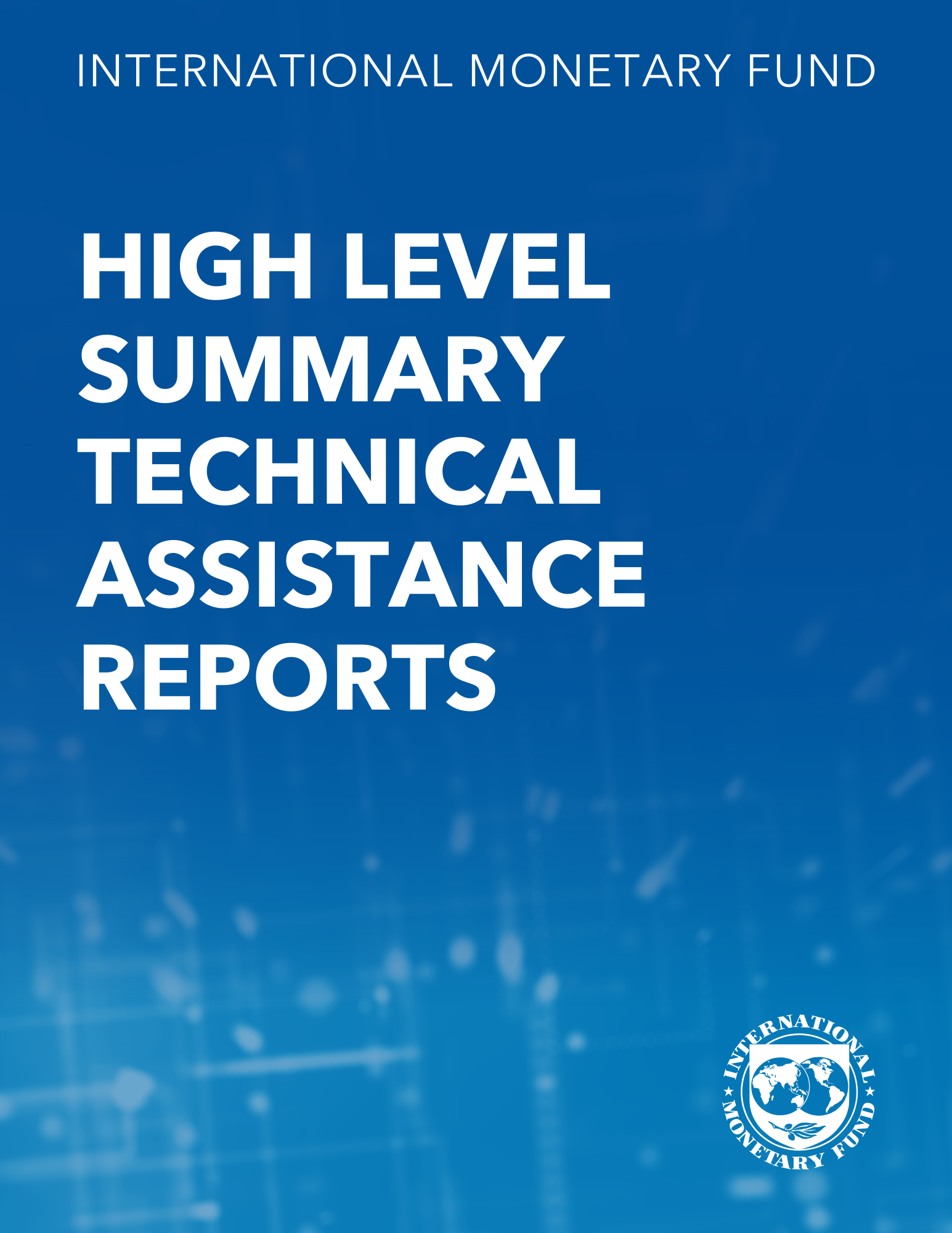How Do Countries Choose their Exchange Rate Regime?
May 1, 2001
Disclaimer: This Working Paper should not be reported as representing the views of the IMF.The views expressed in this Working Paper are those of the author(s) and do not necessarily represent those of the IMF or IMF policy. Working Papers describe research in progress by the author(s) and are published to elicit comments and to further debate
Summary
This paper investigates the determinants of exchange rate regime choice in 93 countries during 1990-98. Cross-country analysis of variations in international reserves and nominal exchange rates shows that (i) truly fixed pegs and independent floats differ significantly from other regimes and (ii) significant discrepancies exist between de jure and de facto flexibility. Regression results highlight the influence of political factors (political instability and government temptation to inflate), adequacy of reserves, dollarization (currency substitution), exchange rate risk exposure, and some traditional optimal currency area criteria, in particular capital mobility, on exchange rate regime selection.
Subject: Conventional peg, Exchange rate arrangements, Exchange rate flexibility, Exchange rate risk, Exchange rates, Financial regulation and supervision, Foreign exchange
Keywords: Africa, choice regression, Conventional peg, currency, developing countries, dollarization, East Asia, Europe, exchange rate, Exchange rate arrangements, Exchange rate flexibility, Exchange rate risk, exchange rates, flexibility index, FLT, government, government temptation, IMF classification, Middle East, nominal exchange rate, optimal currency areas, regime decision, WP
Pages:
33
Volume:
2001
DOI:
Issue:
046
Series:
Working Paper No. 2001/046
Stock No:
WPIEA0462001
ISBN:
9781451846553
ISSN:
1018-5941






